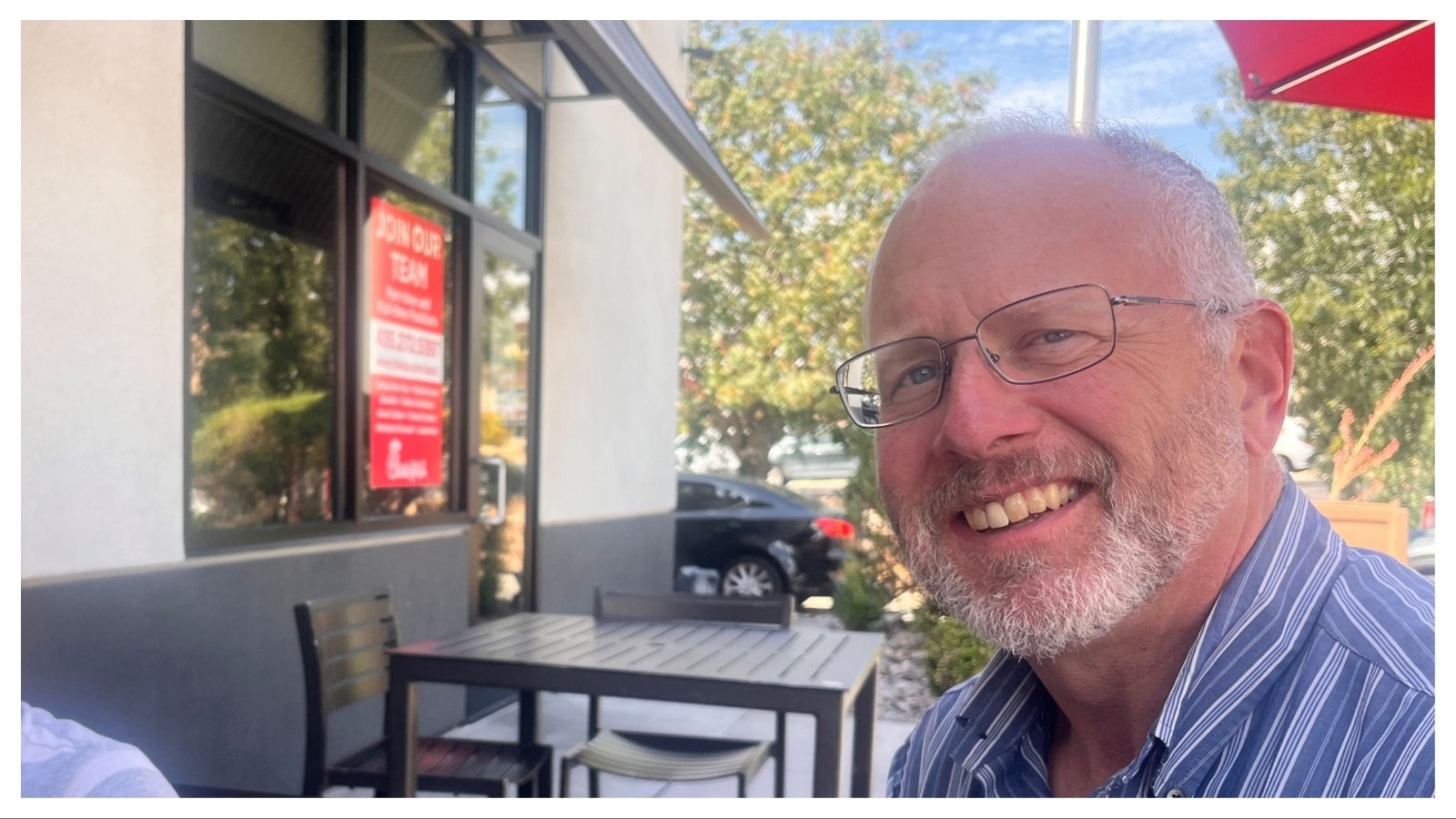The Bureau of Land Management has had standing-room only crowds at its public meetings on the draft Resource Management Plan (RMP) for the Rock Springs District. That’s a reflection both of public interest in the plan and the fact that the public meeting rooms were void of chairs.
While many attendees had hoped to give testimony at the sessions, BLM Rock Springs Field Manager Kimberlee Foster said the meetings were not designed as public hearings, but as open houses where the BLM could provide a summary of the plan and answer questions from the public.
Road Closures
While the BLM had previously claimed that its preferred alternative would not result in reduced vehicle access by imposing road closures, that claim is false, since the plan includes closing 4,505 miles of routes to all use and removes another 10,000 miles of routes from the transportation network. According to WyoFile, BLM now admits that the road closures were included in error and “We need to fix that.”
The proposed elimination of 15,500 miles of routes (referenced nine times in the document, according to WyoFile) is more than an “error” and even if BLM proposes to fix this problem, the concerned public should not feel comforted. The plan calls for limiting vehicles to “designated” roads and trails across 3.6 million acres of public lands. But the plan does not reveal what roads and trails the BLM will “designate” for travel. How are we to understand the impacts of this decision if we can’t know that?
What we do know is that the current use of “existing” roads and trails will be eliminated under the plan in favor of these unidentified “designated” routes. This plan is flawed, and Governor Mark Gordon is right in calling for the BLM to withdraw the plan and come back with something that makes sense.
Raptor Restrictions
The BLM’s preferred alternative proposes increased restrictions to protect raptors on public lands. According to page 2-71, the BLM will “seasonally close vehicular travel” in raptor nesting areas and according to Appendix J-2, the restrictions for “raptors” will be from Feb. 1 through July 31, “within two miles of active and historic nests.”
Thus, the BLM proposes to close vehicle traffic within two miles of active and historic nests for six months of the year. It’s important to note that the BLM’s preferred alternative lacks definitions for “active” or “historic” nests, or the “associated feeding areas” that it also proposes to be protected. Considering the wide range of raptors that nest in Wyoming – from those that nests in trees or cliffs, or those that nest in sagebrush habitat, the 2-mile closure for six months of the year would cover a helluva lot of land.
Stunningly, the document defines a “raptor” to include “hawks, owls, vultures, ravens, and eagles.” Ravens? Ravens aren’t raptors, and raven nests on industrial equipment creates a health hazard for workers. The suggestion that these nests should be protected is irresponsible. Another error, BLM? The raptor restrictions, and the erroneous or missing definitions, are indicative of a very flawed document that should be withdrawn.

Animal Damage Control
BLM’s preferred alternative, on Page 2-65, states that the BLM will “Allow animal damage control on BLM land only if it would benefit Special Status Species or is needed for valid safety concerns.” But on Page 2-60, the same alternative states “Designate, in coordination with APHIS-WS, the entire planning area as a “restricted control area” for animal control” without specifically defining “restricted control area.” It also states the BLM will “Emphasize non-lethal methods.”
The document defines “animal damage control” as “The control of animals that are causing economic losses to agriculture, damage to property, or hazards to human health. Such control usually results in the killing of the offending animal(s). (See also Wildlife Services.)”
The BLM’s definition is driven by ideology and misinforms rather than states facts. USDA Wildlife Services practices “integrated wildlife damage management” using both lethal and non-lethal control and deterrence methods. In FY 2022, the agency encountered about 21.5 million animals causing damage or threatening to cause damage, and dispersed nearly 20 million of these animals unharmed, or dispersed 91.4% while lethally removing 8.6%.
This is another example of a defective document that should be withdrawn by the agency.
Alternatives At a Glance
I’m still reviewing the 1,350 pages of content the BLM has given the public 90 days to read and understand, but I’m confident in reporting that the document contains numerous defects, contrasting statements, and statements lacking scientific support.
At recent public meetings, the BLM displayed maps showing various resources as they would be available or restricted for use under each of the four alternatives examined in the draft RMP. I’ve compiled screenshots comparing some of those maps by resource use and by alternative.
Alternative A is a continuation of Current Management, or the no action alternative.
Alternative B is the BLM’s Preferred Alternative and emphasizes conservation.
Alternative C emphasizes Resource Uses including energy and mineral development.
Alternative D is a Moderate approach that allows opportunities to use and develop resources while promoting environmental conservation.
ROWs
The BLM proposes varies levels of restrictions on future rights-of-way, which will impact not just federal land but adjacent state and private land as well as the potential future expansion of local communities.
In the maps, the maroon-colored areas are ROW exclusion areas are where future right-of-way grants will be prohibited, while the green “avoidance” areas are less restrictive. These ROWs apply to uses that pass “over, upon, under, or through” public land.

The areas that will be withdraw from mineral entry are colored in green in the next maps.

For fluid minerals, the areas in red would be unavailable for leasing, green indicates areas where no surface occupancy will be allowed, blue indicates controlled surface use, and the crosshatches are covered with seasonal limitations.

The maroon-colored areas would be closed to coal, while the orange crosshatch would be closed to oil shale, and the brown crosshatch would be closed to trona leasing.

All of these maps, in a much larger size, are available in Volume 1, at this location. Public comment on the plan closes Nov. 16, and comments can be submitted online.
Cat Urbigkit is an author and rancher who lives on the range in Sublette County, Wyoming. Her column, Range Writing, appears weekly in Cowboy State Daily.





